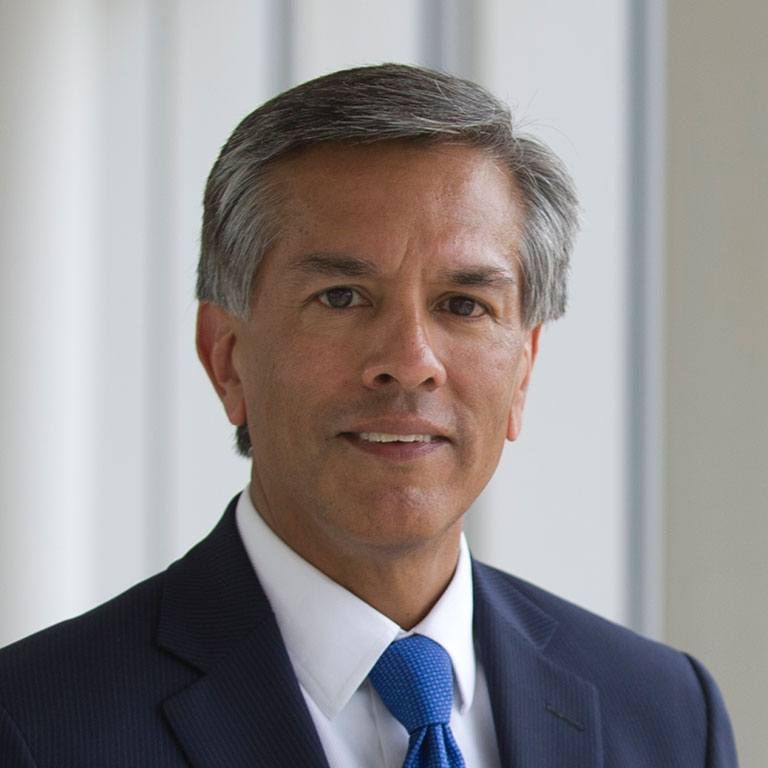WEST LAFAYETTE, Ind. – The Purdue Center for Regional Development, as part of the Office of Engagement, and the Indiana University Public Policy Institute at the Paul H. O’Neill School of Public and Environmental Affairs will collaborate on a multiyear project to examine the economic and community impact of Indiana’s nationally recognized, $500 million Regional Economic Acceleration and Development Initiative.
Launched by Gov. Eric Holcomb, the READI program has awarded more than $487 million of the initiative’s original $500 million to accelerate strategic investments in 17 regions that represent all 92 Indiana counties. These funds will match additional public, private and nonprofit dollars, totaling an expected $12.2 billion invested in Indiana communities, talent, and innovation.
The project will assess the first iteration of the READI program, from its inception in 2021 through December 31, 2026, to produce key performance indicators and other program insights, including population growth, per capita income and economic impact analyses, for the Indiana Economic Development Corp. (IEDC), which administers READI. The IEDC will allocate $1.69 million over nearly four years to this project to monitor the state’s growth in key areas that contribute to the quality of life of Hoosiers.
“When we announced the READI grant program, we knew it had the potential to have a generational impact across every region and further accelerate population and economic growth throughout Indiana,” said David Rosenberg, Indiana secretary of commerce and CEO of the IEDC. “This partnership with Purdue and IU will put additional data behind these investments in quality of place, quality of life and quality of opportunity, highlighting the significance of each project and program and the state’s unprecedented investment as a whole. Together, we can illustrate Indiana’s commitment to and progress toward creating nationally recognized, vibrant destinations that retain and attract top talent.”
The IEDC announced funding awards in December 2021, allocating matching grants to 17 regions ranging in amounts from $5 million to $50 million. These funds will support 361 unique, shovel-ready projects and programs across the state to accelerate community, workforce, and economic growth.
“These investments have the potential to really transform the regions of the grant recipients,” said Roberto Gallardo, vice president for engagement and director of the Purdue Center for Regional Development. “In this case, the investment is so significant that I think we really need to go beyond dollars and cents. Community engagement in the program is key to its success.”
Tom Guevara, director of the Indiana University Public Policy Institute, echoed Gallardo’s sentiments, saying the joint research project will deliver tangible, data-driven insight.
“Our work, in partnership with the Purdue Center for Regional Development, will give state leaders and local communities detailed insights for the next several years on how these investments have worked to improve the quality of life and economic future for Hoosiers everywhere,” Guevara said.
Gallardo said the Purdue and IU team will develop a survey to examine the community buy-in for the projects. The research will explore not only how the money is used in the development of capital projects and programs but also how those local efforts are improving the quality of life for residents.
“We want to know if residents are positive about this,” Gallardo said. “With our contribution to the evaluation process, we’ll be helping to tell a powerful story of the impact this program is having in regions throughout the state.”
Gallardo said results will help provide transparency and accountability to state lawmakers, who authorized the $500 million investment, and inform Indiana residents of what’s being done to attract, develop and retain talent in Indiana through capital investments.
Gallardo and Guevara said both partners offer complementary skills and expertise that will allow them to synchronize data and generate creative analyses for the IEDC that, Guevara noted, “can be used for expanding growth and opportunity and providing policy insights that can help leaders make the best decisions for maximum return on public investment.”



